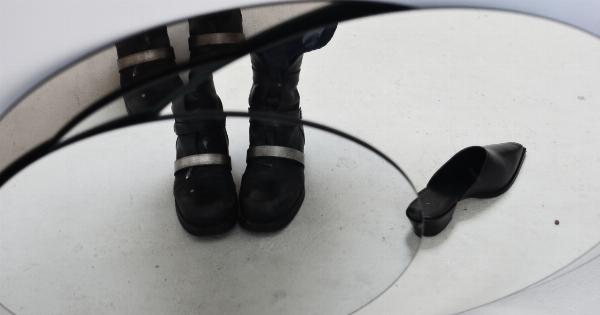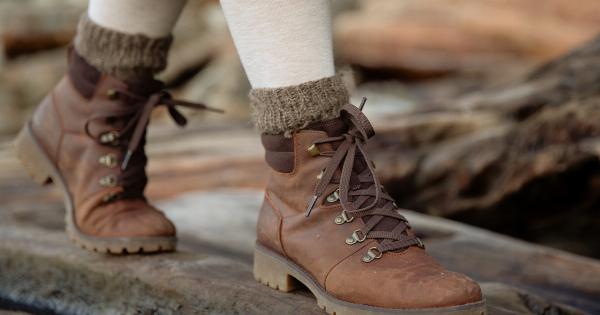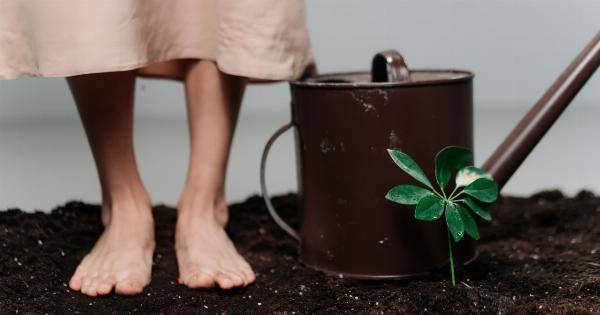Calluses are thick and hardened areas of skin that develop in response to repeated friction, pressure, or irritation. They typically occur on the soles of the feet, heels, or the ball of the foot.
Calluses can be unsightly and sometimes painful, but with proper prevention and treatment, they can be managed effectively.
Causes of Calluses on Feet
Several factors can contribute to the formation of calluses on your feet:.
- Friction: Continuous rubbing or friction on the skin, usually caused by ill-fitting shoes or excessive walking or running, leads to the development of calluses.
- Pressure: Prolonged standing or walking, especially in shoes that do not provide proper support, can result in callus formation. This is common among healthcare professionals, retail workers, and others who spend long hours on their feet.
- Abnormal foot anatomy: Conditions like flat feet, high arches, or bone misalignments can increase the likelihood of callus development.
- Lack of moisture: Dry and dehydrated skin is more prone to callus formation as it loses its elasticity and becomes more susceptible to friction and pressure.
- Aging: As we age, the natural cushioning of fat in our feet diminishes, making them more prone to calluses.
Preventing Calluses on Feet
While calluses can be challenging to treat once formed, following these preventive measures can help keep your feet callus-free:.
Choose Proper-Fitting Shoes
Wearing shoes that fit well is crucial in preventing calluses. Avoid shoes that are too tight, too loose, or have high heels. Opt for shoes with a wide toe box, adequate arch support, and cushioning to minimize friction and pressure on your feet.
Wear Socks
Wearing moisture-wicking socks can help keep your feet dry and reduce the chances of callus formation. Look for socks made of breathable materials, like cotton or moisture-wicking synthetic fabrics.
Use Protective Padding
If you notice specific areas on your feet that are prone to calluses, consider using protective padding. Adhesive felt or gel pads can provide an additional layer of cushioning and minimize friction in problem areas.
Keep Your Feet Moisturized
Regularly moisturizing your feet can help keep the skin soft and supple. Apply a foot cream or lotion every day, focusing on the heels and other areas prone to calluses.
However, avoid applying moisturizer between your toes, as excessive moisture can lead to other foot problems.
Treat Foot Abnormalities
If you have foot abnormalities, such as bunions, hammertoes, or bone misalignments, seek appropriate treatment from a podiatrist. Addressing these issues can help redistribute pressure and reduce the formation of calluses.
Treating Calluses on Feet
If calluses have already formed on your feet, there are several treatment options available:.
Soak Your Feet
Soaking your feet in warm water can help soften the calluses, making them easier to remove. Add some Epsom salt or mild liquid soap to the water for added effectiveness.
After soaking for 10-15 minutes, use a pumice stone or a foot file to gently exfoliate the hardened skin.
Apply Callus-Softening Creams
There are various over-the-counter callus-softening creams and ointments available that can help loosen the thickened skin. Follow the instructions carefully and regularly apply these products to gradually reduce the calluses.
Use Callus Remover Tools
If home treatments are not effective, consider using callus remover tools. These tools should be used with caution to avoid injury or excessive removal of the skin. If you are uncertain about using such tools correctly, consult a healthcare professional.
Seek Professional Help
If your calluses are severe, painful, or recurring, it is advisable to seek help from a podiatrist. They can provide professional treatments, such as debridement or orthotic inserts, to relieve pressure and manage the calluses.
Address Underlying Foot Conditions
If your calluses are a symptom of an underlying foot condition, addressing the root cause is crucial. A podiatrist can diagnose any foot abnormalities you may have and recommend appropriate treatments to prevent future calluses.
When to See a Doctor
While most calluses can be managed at home with proper care, there are situations where medical attention is necessary:.
- If a callus becomes extremely painful or shows signs of infection, such as redness, swelling, or pus.
- If you have diabetes or poor circulation, as foot conditions can escalate quickly and lead to serious complications.
- If calluses keep recurring despite regular treatment and preventive measures.
- If you are unsure about the proper techniques for callus removal or concerned about a foot abnormality.
Remember, taking care of your feet and seeking professional advice when needed can help prevent calluses from becoming a persistent issue.



























